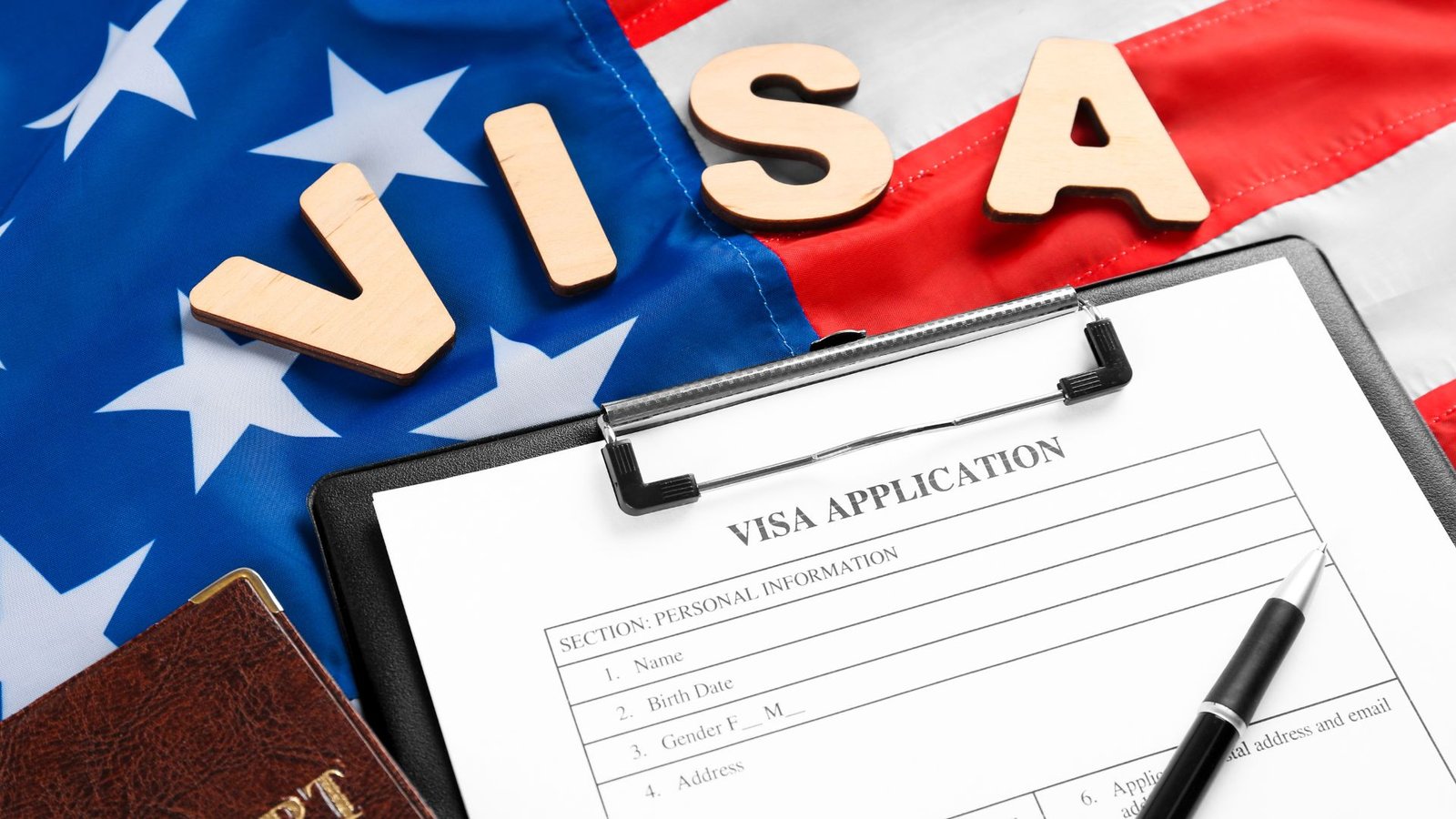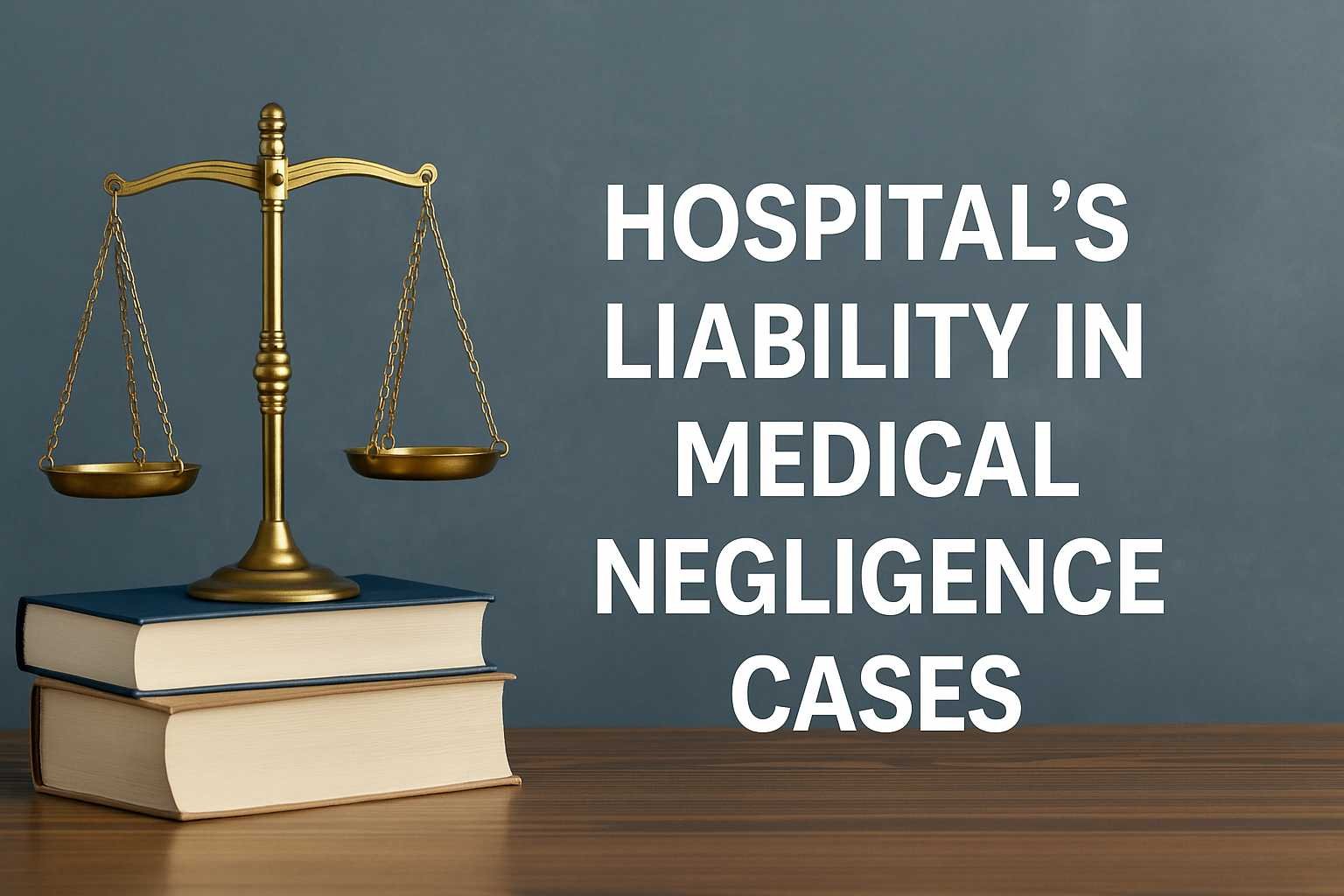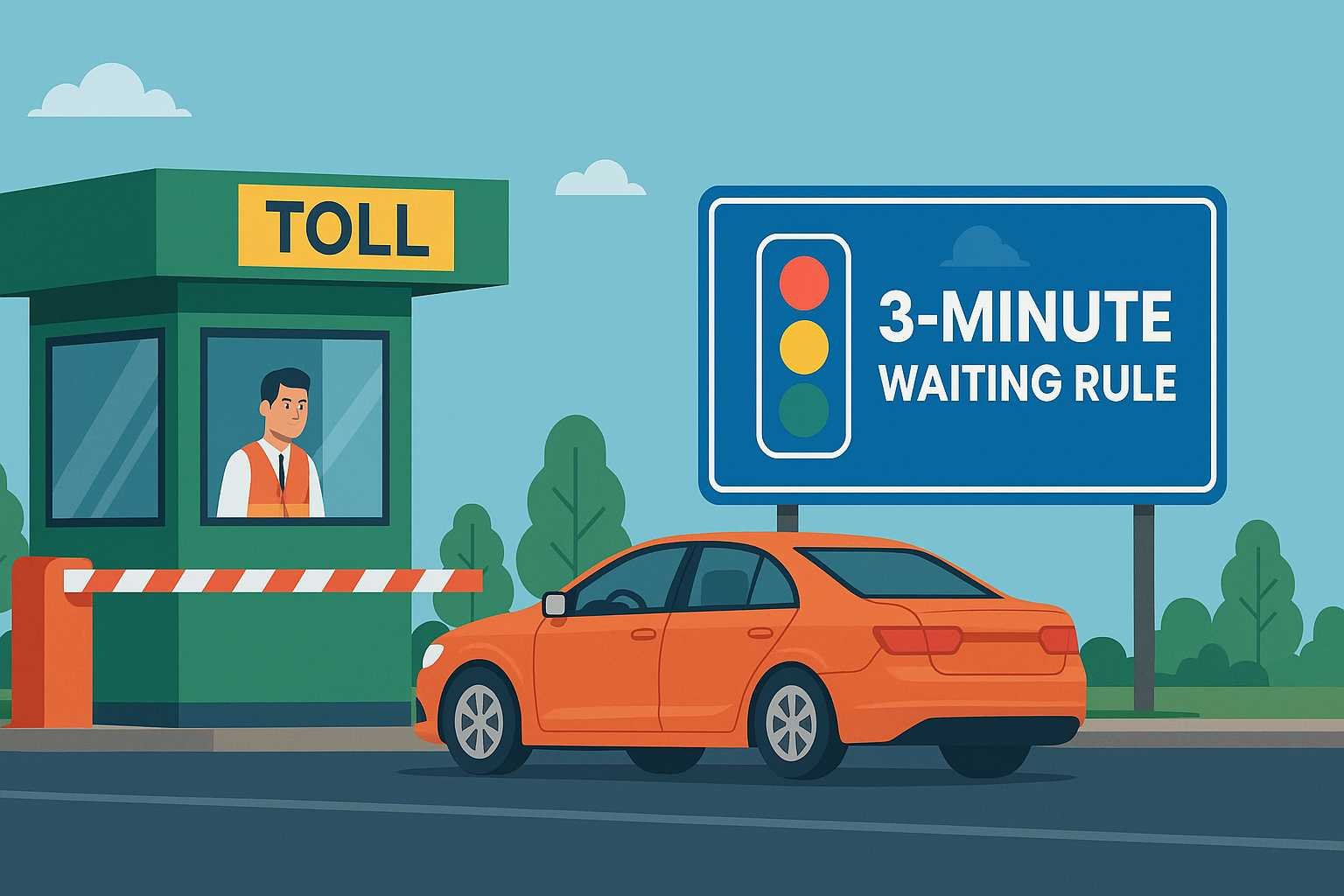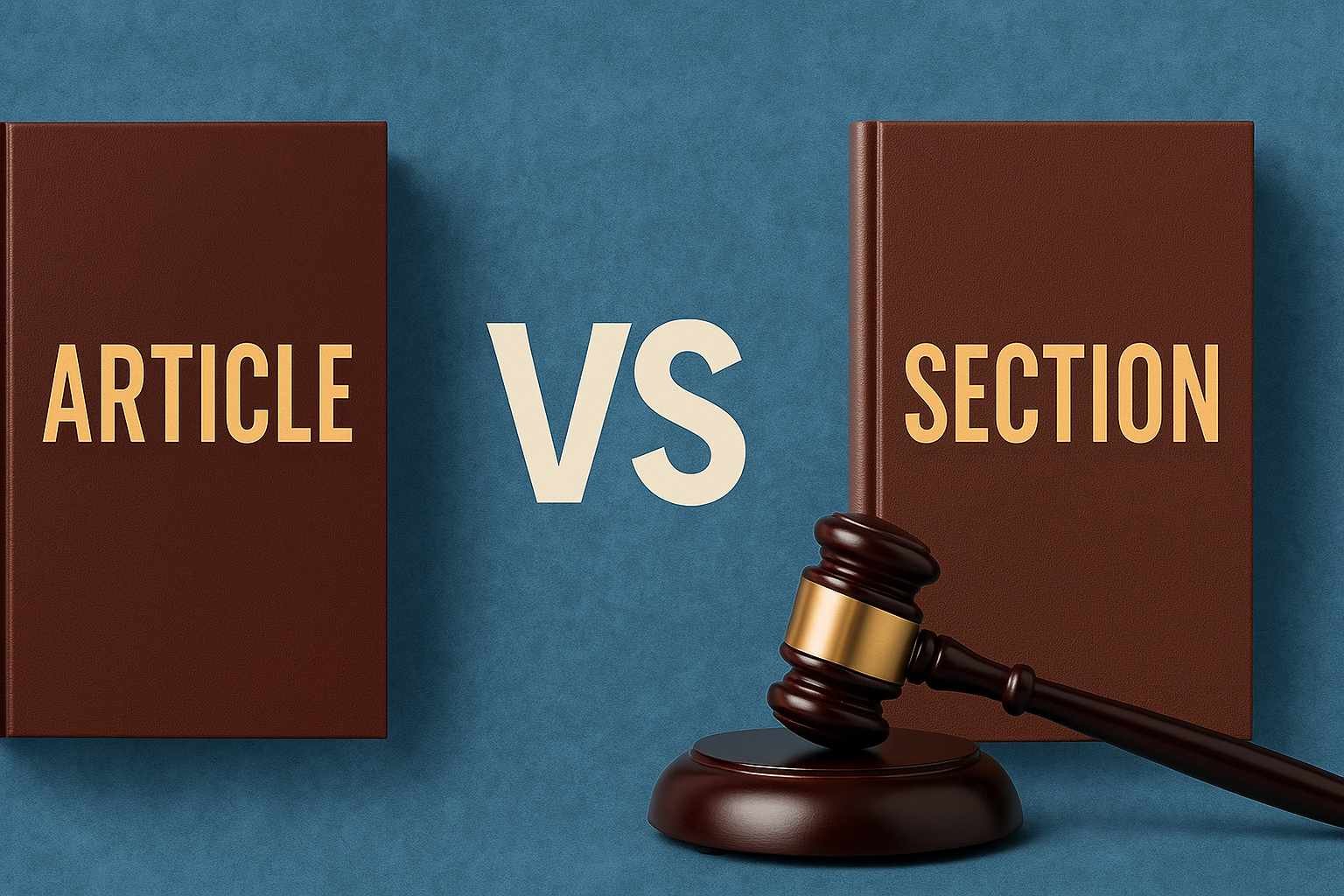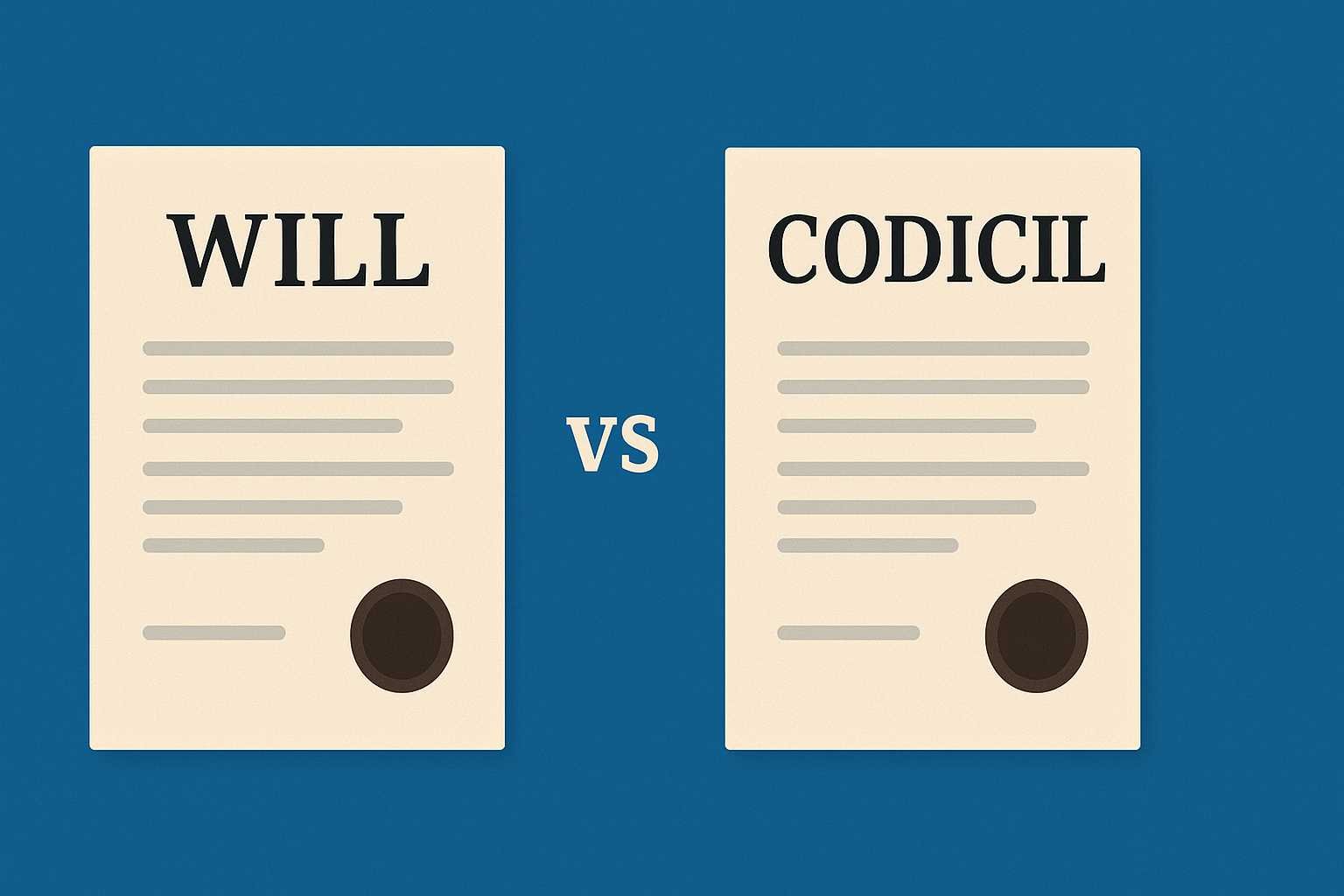On this page you will read detailed information about CARES Act 2020.
As you review the details of the Coronavirus Aid, Relief, and Economic Security (CARES) Act of 2020, consider the scope and impact of this historical legislation. In your analysis, note the key components of economic relief directed toward struggling businesses and displaced workers during an unprecedented crisis. Weigh the strengths and potential limitations of these stimulus measures which allocate over 2 trillion dollars. From expanded unemployment benefits to business loans and tax changes, the wide-ranging provisions aim to stabilize the economy in the near-term while bracing for longer-term effects. As you study the specifics, determine how well this act addresses both the health and economic emergencies sparked by the COVID-19 pandemic.
What Is the CARES Act?

The Coronavirus Aid, Relief, and Economic Security (CARES) Act is a $2.2 trillion economic stimulus bill passed by the 116th U.S. Congress and signed into law by President Donald Trump on March 27, 2020 in response to the economic fallout of the COVID-19 pandemic.
- The CARES Act provides fast and direct economic assistance for American workers, families, and small businesses, and preserve jobs for American industries.
Direct Payments to Americans
The CARES Act provides direct payments of $1,200 for individuals, $2,400 for couples, and $500 per child under 17 years old for those with adjusted gross income up to $99,000 for single filers and $198,000 for joint filers. The payments decrease incrementally above those income levels. The funds can be used for essentials like food, housing, and medical care.
Expanded Unemployment Benefits
The CARES Act provides an additional $600 per week for up to four months on top of regular state unemployment benefits and extends eligibility to self-employed individuals, independent contractors, and gig economy workers. The increased benefits are available through July 31, 2020.
Aid for Businesses
The CARES Act allocates $500 billion in loans and investments for major corporations and $377 billion in federally guaranteed loans and grants for small businesses and nonprofits to help them avoid closing down or reducing their workforce. The loans will be forgiven if employers maintain payroll during the crisis.
Additional Provisions
Additional provisions in the CARES Act include $150 billion for state and local governments, $100 billion for hospitals, and $30 billion for primary health care centers. The CARES Act also provides relief for federal student loan borrowers, renters, and homeowners.
In summary, the far-reaching CARES Act aims to provide Americans timely and targeted relief from the economic impacts of COVID-19. The programs and benefits will be administered by various federal agencies in the weeks and months ahead.
Major Provisions of the CARES Act

The Coronavirus Aid, Relief, and Economic Security (CARES) Act, signed into law on March 27, 2020, provides economic relief from COVID-19. This $2 trillion stimulus package aims to protect individuals and businesses financially impacted by the pandemic.
Direct Payments to Americans
The CARES Act provides direct payments of $1,200 to individuals earning up to $75,000 annually, $2,400 for couples earning up to $150,000, and $500 for each child. These sums decrease for higher incomes and phase out completely for individuals earning over $99,000 and couples earning more than $198,000. The IRS distributed the funds automatically to those who filed tax returns for 2019 or 2018.
Expanded Unemployment Benefits
The CARES Act expands unemployment insurance to include self-employed, gig economy, and part-time workers. It provides an additional $600 per week on top of state benefits for up to four months and extends benefits for an additional 13 weeks. Unemployed individuals can receive benefits for up to 39 weeks.
Loans and Grants for Businesses
The CARES Act allocates $377 billion in loans and grants for small businesses and nonprofits to help cover costs like payroll, rent, and utilities. The Paycheck Protection Program provides forgivable loans to small businesses to keep employees on the payroll. The Economic Injury Disaster Loan program provides small businesses with low-interest loans of up to $2 million.
Funding for Public Health
The CARES Act designates $150 billion for the healthcare system, including funding for hospitals, community health centers, and health programs for underserved populations. It increases Medicare payments to hospitals treating COVID-19 patients and provides funding for testing, contact tracing, and vaccine development.
Additional Provisions
Additional provisions include student loan relief, funding for federal nutrition programs like SNAP, support for aviation and agriculture industries, and oversight requirements to monitor the use of funds. The far-reaching CARES Act aims to provide urgent economic relief to Americans facing hardship due to COVID-19.
In the previous post, we had shared information about Personal Injury Law: Everything You Need To Know In 2024, so read that post also.
CARES Act Funding for Individuals
The CARES Act provides direct payments to American citizens to help alleviate financial hardship from the COVID-19 crisis. As an individual, you may receive up to $1,200 ($2,400 for couples), plus $500 for each child. Payments are based on your 2019 or 2018 tax returns and start decreasing for those with adjusted gross incomes above $75,000 ($150,000 for couples).
Direct Payments
The U.S. Treasury Department will deposit the funds directly into the bank account you used to receive your tax refund. If the IRS does not have your bank account information, they will mail you a check instead. These payments are not taxable. To determine your eligibility and payment amount, the IRS will review your 2019 tax return if filed, or your 2018 return.
Non-Filers Tool
If you did not file a tax return for 2018 or 2019, you must provide information to the IRS to receive payment. They have an online tool called the “Non-Filers: Enter Payment Info Here” where you can provide details like your Social Security number, bank account information, and qualifying dependents. The deadline to use this tool is October 15, 2020.
Status of Payment
You can check on the status of your payment using the IRS “Get My Payment” tool on their website. You will need to enter details such as your Social Security number, date of birth, and address. The tool can tell you if your payment has been processed, a payment date, and the method (direct deposit or mailed check). If the IRS does not have your bank information, you can use this tool to enter it so you can receive your funds via direct deposit instead of waiting for a mailed check.
The CARES Act provides crucial financial assistance to Americans in need during these unprecedented times. By providing details to the IRS, either through tax returns, the Non-Filers tool, or the Get My Payment portal, individuals can gain access to funds that may help pay for essential expenses like housing, food, and medical care.
CARES Act Support for Businesses
The Coronavirus Aid, Relief, and Economic Security (CARES) Act provides relief for small businesses struggling due to the economic effects of COVID-19. Through the Small Business Administration (SBA), the CARES Act created the Paycheck Protection Program (PPP) to provide loans and grants for small businesses.
Paycheck Protection Program
The PPP provides forgivable loans of up to $10 million for eligible businesses. Funds must be used for certain expenses like payroll, rent, and utilities. Loans may be forgiven if businesses maintain employee and compensation levels.
To qualify for a PPP loan, businesses must:
- Have 500 or fewer employees
- Have been in operation since at least February 15, 2020
- Have been adversely impacted by COVID-19
PPP loans have an interest rate of 1% and a maturity of 2 years. Loan payments are deferred for the first 6 months. Businesses have 24 weeks to use funds for forgiveness.
Economic Injury Disaster Loans
The CARES Act also expanded the SBA’s Economic Injury Disaster Loan (EIDL) program. EIDLs provide up to $2 million in assistance for small businesses impacted by disasters or emergencies.
Eligible businesses include:
- Small businesses with less than 500 employees
- Private nonprofits
- Small agricultural cooperatives
EIDL funds can be used to pay for expenses that could have been met had the disaster not occurred, like bills, rent, and inventory. The interest rate is 3.75% for small businesses and 2.75% for nonprofits. Loans have up to a 30-year term.
The CARES Act allows businesses to take out both a PPP loan and an EIDL for different purposes. However, funds from each loan must be used for permissible expenses under the respective programs. Proper tracking and documentation are required for loan forgiveness.
CARES Act Unemployment Benefits
The CARES Act provides expanded unemployment benefits for those who lost their jobs due to COVID-19. Under the Act, individuals who are unemployed, partially unemployed, or unable to work due to COVID-19-related reasons may be eligible for unemployment benefits.
Pandemic Unemployment Assistance (PUA)
The PUA program provides up to 39 weeks of unemployment benefits to individuals who are self-employed, independent contractors, part-time workers, and freelancers. Individuals who have exhausted their state benefits may also be eligible for PUA. To qualify for PUA, you must not be eligible for regular unemployment benefits and must be unemployed, partially unemployed, or unable to work due to COVID-19.
Pandemic Emergency Unemployment Compensation (PEUC)
The PEUC program provides an additional 13 weeks of unemployment benefits for those who have exhausted their regular state benefits. The total number of weeks of regular state benefits and PEUC benefits may not exceed 39 weeks. PEUC benefits are available through December 31, 2020. To qualify for PEUC, you must have exhausted all rights to regular state benefits and must be able and available to work, unless you are unemployed, partially unemployed, or unable to work due to COVID-19.
Federal Pandemic Unemployment Compensation (FPUC)
The FPUC program provides an additional $600 per week in unemployment benefits to all recipients of unemployment benefits, including those receiving benefits from PUA and PEUC. The $600 weekly benefit is available for weeks of unemployment beginning on or after March 29, 2020 and ending on or before July 31, 2020. The FPUC payments are taxable, but will not be deducted from your regular state unemployment benefits.
In summary, the CARES Act provides temporary relief to those who lost their jobs during these unprecedented times. By expanding eligibility and increasing benefit amounts, the Act aims to mitigate the economic effects of COVID-19 and provide essential financial assistance to unemployed Americans.
CARES Act Changes to Taxes
To provide economic relief during the COVID-19 pandemic, the Coronavirus Aid, Relief, and Economic Security (CARES) Act made several temporary changes to the U.S. tax code for 2020. As a taxpayer, you should be aware of how these provisions may affect you.
The CARES Act allows taxpayers to deduct up to $300 of cash charitable contributions made in 2020, even if they take the standard deduction. For those who itemize their deductions, the limit on charitable contributions has been increased to 100% of adjusted gross income for 2020. This means individuals and businesses can make larger tax-deductible gifts to qualifying nonprofits and charities.
For retirement plan distributions, the 10% early withdrawal penalty has been waived for COVID-related distributions up to $100,000 made in 2020. Distributions can be paid back over 3 years to allow tax deferral. The required minimum distribution (RMD) for certain retirement plans has also been suspended for 2020. This includes RMDs for 401(k)s, IRAs, and similar plans.
The tax filing deadline for individuals and businesses has been extended to July 15, 2020. Estimated tax payments for 2020 that are due on April 15 and June 15 have also been postponed to July 15. No interest or penalties will accrue for the 3-month extension period. However, tax payments are still due, so you should pay as much as possible by the July deadline to avoid owing significant amounts when you file.
Other provisions include employee retention tax credits for businesses, additional funding for small business loans and unemployment benefits, and economic impact payments of $1,200 for individuals plus $500 for each child. The CARES Act aims to provide relief during this difficult time. As with any tax law change, be sure to consult official IRS guidance or a tax professional to understand how the CARES Act may apply to your unique financial situation.
Oversight and Transparency in the CARES Act
The Coronavirus Aid, Relief, and Economic Security (CARES) Act provides a $2 trillion stimulus package to support workers and the economy as part of the government’s response to the COVID-19 pandemic. However, given the vast amount of funds being deployed in a short period of time, the provisions around oversight and transparency are crucial to ensure accountability and prevent fraud.
The CARES Act establishes several oversight mechanisms, including:
- The Pandemic Response Accountability Committee (PRAC): Consisting of Inspectors General (IGs) from different agencies, the PRAC will oversee the handling of funds and report to Congress. The PRAC will coordinate audits and investigations across the government.
- The Special Inspector General for Pandemic Recovery (SIGPR): Appointed by the President and confirmed by the Senate, the SIGPR will audit, investigate, and report on the use of funds. The SIGPR will provide quarterly reports to Congress detailing how funds are being used.
- The Congressional Oversight Commission: Also providing oversight, the five-person commission will review the implementation of the CARES Act and report to Congress about the impact on the economy.
- Disclosure of recipients: The names and amounts of any entities receiving more than $150,000 will be disclosed publicly. Nonprofits and public universities receiving funds must also disclose this information.
To enhance transparency, the Federal Reserve has also committed to disclosing the names and details of participants in its lending programs. The Treasury Secretary will testify before the Senate Banking Committee and House Financial Services Committee regarding the use of stimulus funds.
While oversight and transparency mechanisms have been put in place, sustained scrutiny from Congress and the public will be needed to guarantee the CARES Act achieves its objectives and taxpayer funds are not misused. Continuous monitoring and disclosure can help identify any issues early and make course corrections to better assist citizens and revitalize the economy. Overall, the CARES Act contains provisions to enable oversight and transparency, but active participation from oversight bodies and the public will determine their effectiveness.
Criticisms and Controversies of the CARES Act
While the CARES Act provided urgent economic relief, it was not without controversy. Critics argue the bill favors large corporations over small businesses and individuals.
Lack of Oversight and Accountability
The CARES Act faced criticism over lack of oversight for the $500 billion allocated to large corporations. The bill created a Treasury Department fund to provide loans and loan guarantees to airlines, cargo carriers, and businesses critical to national security. However, it did not establish a bipartisan congressional oversight committee to monitor how funds were being distributed until weeks after it passed. This raised concerns about lack of transparency and the potential for abuse.
Insufficient Funding for Hospitals and States
Some critics argue the CARES Act did not provide enough direct funding for hospitals, health systems and state governments who were on the frontlines of the crisis. Hospitals received $100 billion, which some say fell far short of the estimated costs to respond to COVID-19. Similarly, the $150 billion given to states and local governments was considered insufficient by many governors and experts. Additional funding for these groups was provided in later legislation.
Lack of Protections for Renters and Homeowners
The CARES Act placed a temporary moratorium on evictions for those in federal housing programs or with federally backed mortgages. However, it did not establish a broad moratorium covering all renters and homeowners, nor did it provide rental assistance. Many feared this could lead to a surge in evictions and foreclosures once provisions expired. The lack of support for renters and homeowners was seen by some as a major shortcoming of the bill.
While the CARES Act was far from perfect, it provided urgent relief when it was desperately needed. With additional legislation, oversight and accountability measures were put in place, more funding was provided to key groups, and protections were established for renters. Still, controversy around some of the bill’s provisions and what was left out continues. The crisis ultimately highlighted the need for a robust social safety net in times of national emergencies.
CARES Act FAQs: Your Top Questions Answered
The CARES Act, or Coronavirus Aid, Relief, and Economic Security Act, provides temporary assistance for American citizens and businesses affected by the COVID-19 pandemic. As with any wide-reaching legislation, you likely have questions about how it may apply to your own situation. Here are answers to some of the most frequently asked questions about the CARES Act.
Most U.S. citizens are eligible to receive stimulus payments of $1,200 per individual, $2,400 for couples filing jointly, and $500 for each qualifying child under age 17. The amount phases out for those with an adjusted gross income of more than $75,000 (individual), $112,500 (head of household), or $150,000 (married filing jointly). You can calculate your expected payment amount using the IRS’s Stimulus Payment Calculator.
The Paycheck Protection Program (PPP) provides low-interest loans to small businesses with fewer than 500 employees, including sole proprietors, independent contractors, and self-employed individuals. Businesses, nonprofits, veterans organizations, and tribal businesses are eligible if they were harmed by COVID-19. The loans can be used for payroll, rent, mortgage interest, and utilities. A portion may be forgiven if certain conditions are met.
The CARES Act provides additional unemployment benefits for those affected by COVID-19 through December 31, 2020. This includes an extra $600 per week on top of regular state unemployment benefits and an additional 13 weeks of unemployment benefits for those who remain unemployed after state benefits are no longer available. The additional $600 weekly benefit applies to all recipients of unemployment insurance, including those who are self-employed, independent contractors, and gig economy workers.
The CARES Act suspends payments for federal student loans through September 30, 2020, without penalty to the borrower. Interest will not accrue on these loans during this period. Borrowers can choose to continue making payments if they wish. The suspension applies to defaulted and non-defaulted loans, subsidized and unsubsidized loans, and FFEL and Perkins loans. Private student loan relief is not provided under the CARES Act.
Conclusion
As we have explored, the CARES Act provides substantial economic relief to support individuals, businesses, healthcare providers, and state and local governments during the COVID-19 pandemic. While not perfect, it takes bold and unprecedented action. The stimulus checks, enhanced unemployment benefits, small business loans, and other key measures aim to stabilize the economy in this difficult time. Still, questions remain regarding effective implementation and if the aid will reach all who need it. Time will tell whether the CARES Act fulfills its ambitious goals. Moving forward, continue monitoring its impacts and have compassion for fellow citizens also facing uncertainty now. We must support each other however we can.
Disclaimer
The information and services on this website are not intended to and shall not be used as legal advice. You should consult a Legal Professional for any legal or solicited advice. While we have good faith and our own independent research to every information listed on the website and do our best to ensure that the data provided is accurate. However, we do not guarantee the information provided is accurate and make no representation or warranty of any kind, express or implied, regarding the accuracy, adequacy, validity, reliability, availability, or completeness of any information on the Site. UNDER NO CIRCUMSTANCES SHALL WE HAVE ANY LIABILITY TO YOU FOR ANY LOSS OR DAMAGE OF ANY KIND INCURRED AS A RESULT OR RELIANCE ON ANY INFORMATION PROVIDED ON THE SITE. YOUR USE OF THE SITE AND YOUR RELIANCE ON ANY INFORMATION ON THE SITE IS SOLELY AT YOUR OWN RISK. Comments on this website are the sole responsibility of their writers so the accuracy, completeness, veracity, honesty, factuality and politeness of comments are not guaranteed.
So friends, today we talked about CARES Act 2020, hope you liked our post.
If you liked the information about CARES Act 2020, then definitely share this article with your friends.




